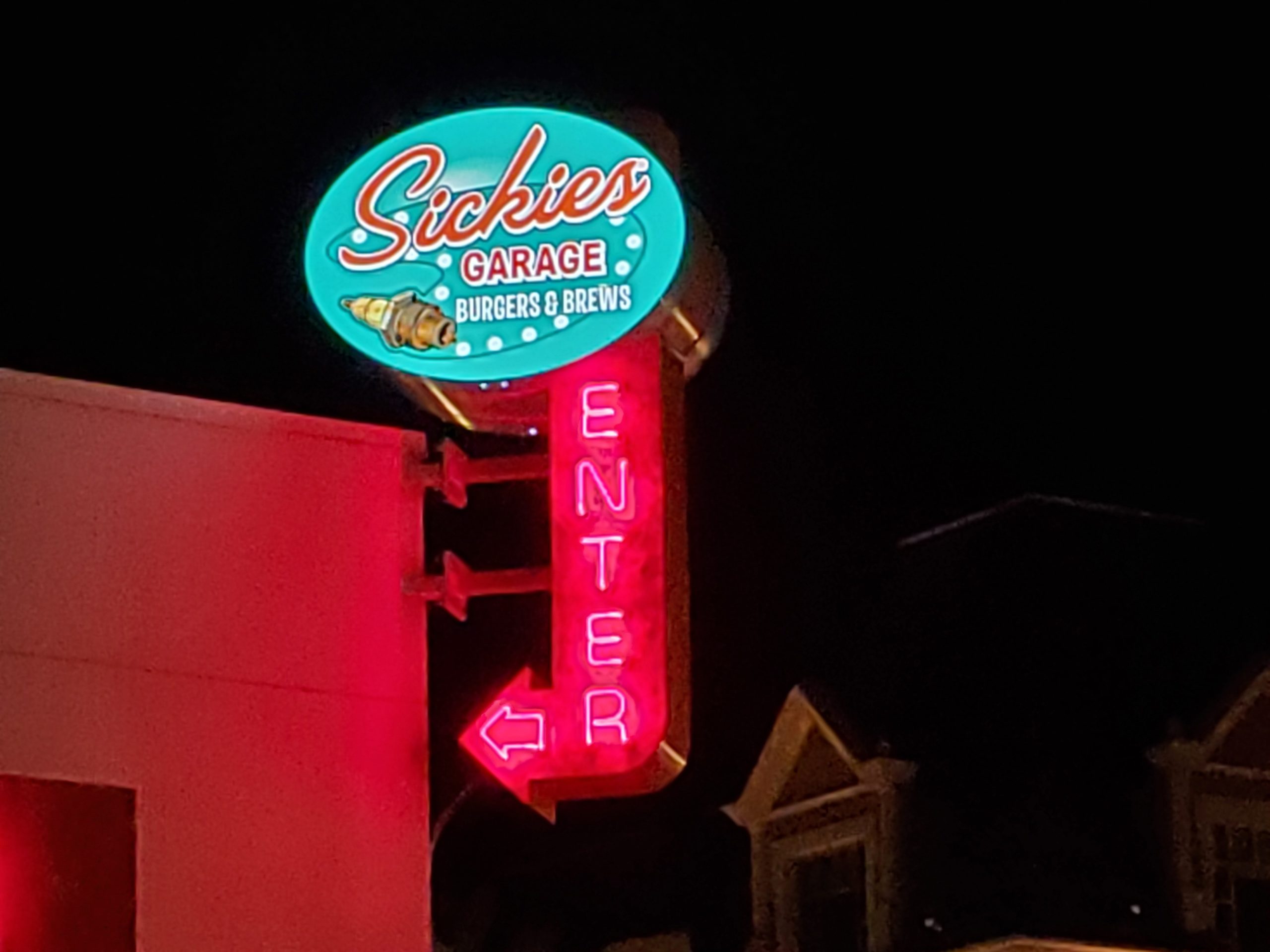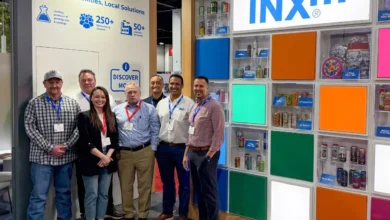The Challenges of Sign Illumination Requirements
Explore the increasing specificity of sign illumination requirements

In today’s climate, sign companies across the country are facing more and more regulations around lighting in outdoor environments. Regulations come from a wide range of jurisdictions including homeowners’ associations, municipalities, the state, and federal government, not to mention standards from various shopping centers and corporations with specific requirements.
Historically, local zoning boards were not as focused on lighting color, type, or intensity and most often regulated placement, size and design, materials, and spacing. More and more municipalities are increasing their regulations to include hours of operation, colors, and intensity of the lighting to comply with aesthetic master plans and dark skies initiatives to reduce light pollution. This can include emission intensity of the entire sign or per square foot of surface as well as very specific color temperatures of white LEDs.
Sign curfews can also vary from area to area. Some municipalities have specific hours of the night where signage must be turned off or dimmed, while others require signs to be turned off when the business is not open.
Challenges of sign illumination requirements
Unfortunately, some sign supply manufacturers, distributors, and sign companies are ill-prepared to respond to the increasing specificity of illumination requirements. Historically, LED manufacturers for illuminated signs had one mantra: make it brighter and lower cost. This was coupled with a need to keep white LEDs consistent.
White light with a blue or violet hue is more sensitive to the human eye and appears to the human eye to be “brighter.” Therefore, LED signage has typically oriented its manufacturing at color temperatures above 6,500K and defined that at “white.” As a result, many manufacturers offer limited correlated color temperature (CCT) options below 5,000K.
This also creates issues with those making sign regulations, as they often confuse brightness with the color temperature of the light. I have heard many times from sign makers that their customer says the sign is too bright, so they want to use a warm white LED.
CCT is a way to describe the light appearance and is measured in degrees of Kelvin (K) on a scale from 1,000 to 10,000. The lower the CCT or Kelvin value, the more yellow the light looks; the higher the Kelvin, the more bluish the light looks. It turns out that 4,800K is the color closest to direct sunlight; therefore, it will render graphics closest to their natural reflective color during the daytime.
However, CCT is not related to brightness and refers only to the hue (coolness or warmth) of the light source. It is critical to make sure you listen carefully to your customer’s needs and make sure they understand the difference between “brightness” and “color.”
Learn more: How Much Light is Coming Out of Your LED Sign?



